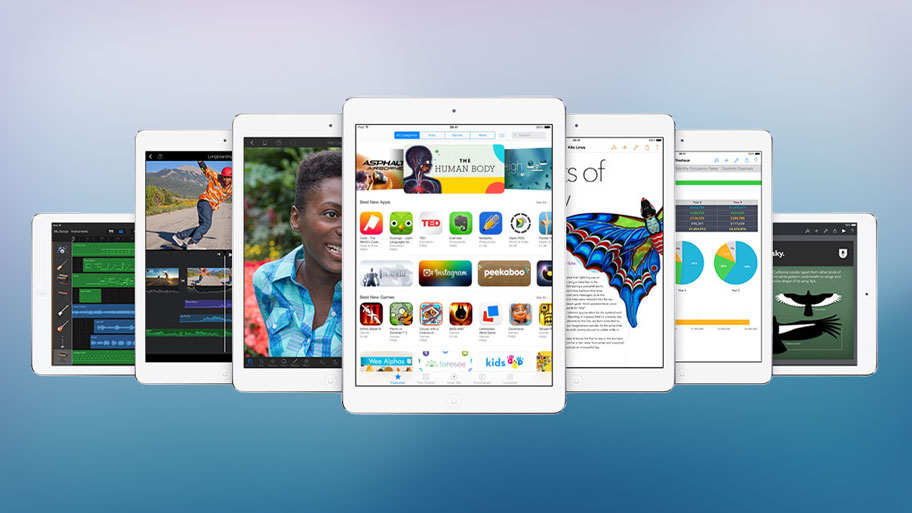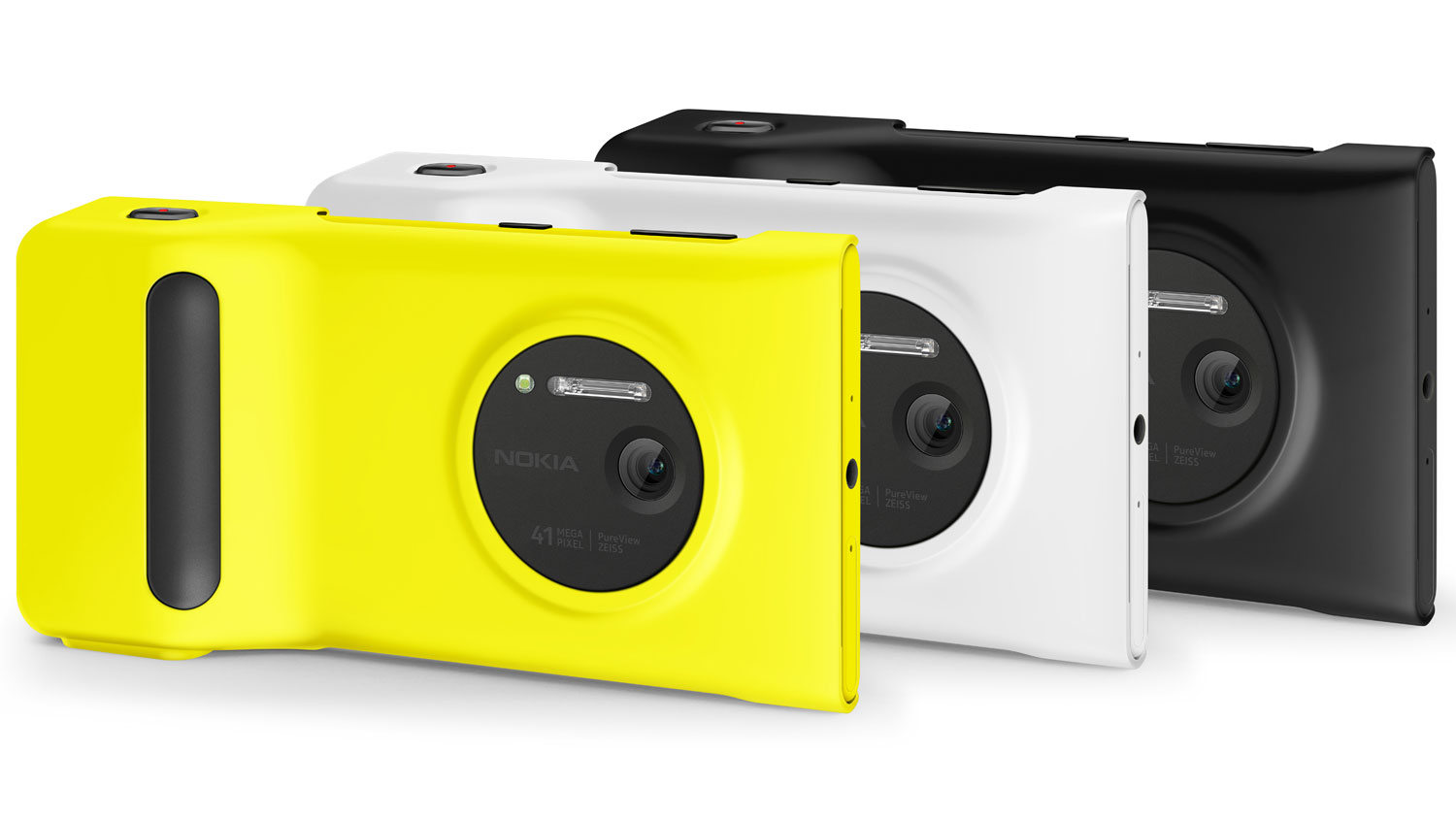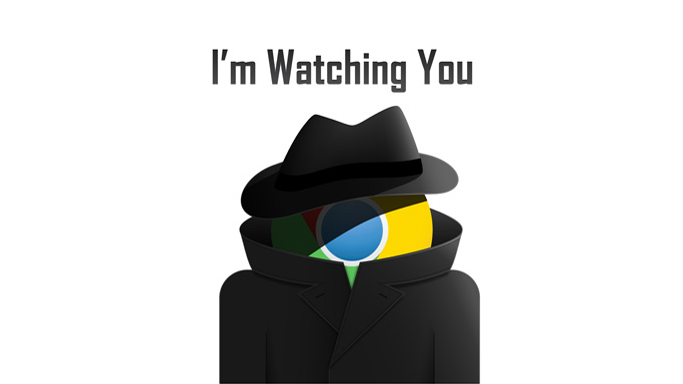Specs vs speculation: what the gadget rumors said - and what we actually got

Rumors. We can't get enough of them - even, or maybe especially, when their sources have clearly left reality far behind.
The more exciting the device the more fevered the speculation, and from time to time it's even accurate, sometimes years before the device ever ships.
Come with us as we compare the rumors to the reality of the most hotly anticipated gadgets we've seen in recent years. What did they get right, and what was just wishful thinking?
1 Apple iPad

It was a large iPod with no keyboard and it'd launch in 2004. It was white, used a stylus, ran a stripped-down OS X and would ship in 2005. It did home automation and would launch in 2007. So far so outlandish but as time passed the iPad rumours got closer to the truth of what Apple would ultimately unveil in 2010.
In 2009 reports suggested 3G and non-3G versions, ARM processors, ebook features, video conferencing and a virtual keyboard, and in early 2010 reports suggested a modified iPhone OS, a 9.7-inch screen and, er, a thousand-dollar price tag.
2 Nokia Lumia 1020

The rumoured name turned out to be wrong - it was dubbed the EOS, and apparently had the much better codename of Elvis - but the rumour factory was full of win with Nokia's incoming flagship.
It predicted that Nokia would take the 41-megapixel PureView camera from its 808, add some Windows Phone goodness and stick a 4.5-inch 720p display, quad-core processor and 32GB of storage into its brightly coloured aluminium body.
Sign up for breaking news, reviews, opinion, top tech deals, and more.
3 Google Glass
In early 2012 we started to hear about Google goggles - glasses that would "stream information to the wearers' eyeballs in real time," said the NY Times. The inevitable "people familiar with the project" said they'd run Android, would include a small screen and would cost "around the price of current smartphones" - that is, somewhere between $250 and $600.
The glasses would look rather like Oakley's Thump range, and according to 9to5google they "could be mistaken for normal glasses". Mistaken in the dark, maybe and that low price tag was a massive underestimate too, with early adopters ponying up $1,500 for first dibs on Google's face tech.
The speculation that Glass would replace a smartphone rather than just pair with it turned out to be optimistic too.
4 Sony PlayStation 4

Fancy a Sony Orbis? That's what the rumours predicted in 2012. The successor to the PS3 would be called the Orbis, because "Orbis Vitae" is Latin for "circle of life".
It would launch in 2013, would feature an AMD 64X CPU and an AMD Southern Islands GPU, would run 3D games at 1080p, would use its always-on requirement to block used games and wouldn't be backwards compatible with the PS3.
The name didn't make it, presumably because it's rubbish, and the used game ban was ditched after Microsoft's similar plans created a PR disaster.
5 Google+

In 2010, we started to hear that Google was working on a Facebook killer, and it was called Google Me - or at least, that's what Digg co-founder Kevin Rose said when his tweet let the social networking cat out of the internet bag.
Speculation suggested something that would kill off Google's then-current social service, Buzz, in favour of Facebook-style news feeds. That speculation turned out to be entirely correct - as was the speculation that the Facebook killer would find it hard to topple Facebook from its position as the world's favourite social network.

Contributor
Writer, broadcaster, musician and kitchen gadget obsessive Carrie Marshall has been writing about tech since 1998, contributing sage advice and odd opinions to all kinds of magazines and websites as well as writing more than twenty books. Her latest, a love letter to music titled Small Town Joy, is on sale now. She is the singer in spectacularly obscure Glaswegian rock band Unquiet Mind.